The Danish open-faced sandwich, known as smørrebrød, is more than just a meal—it’s a cultural institution. This iconic dish, with its artful arrangement of toppings on rye bread, reflects Denmark’s culinary heritage and the simplicity of Nordic flavors. Unlike traditional sandwiches, smørrebrød is never eaten with the hands; it’s a fork-and-knife affair, meant to be savored slowly. Each bite tells a story of tradition, craftsmanship, and a deep connection to local ingredients.
At its core, smørrebrød starts with a sturdy slice of rugbrød, a dense, dark rye bread that forms the foundation. The bread is typically buttered, though some variations use lard or duck fat for added richness. Then comes the creative layering—herring, pickled vegetables, cold cuts, or seafood, often crowned with fresh herbs, remoulade, or a perfectly soft-boiled egg. The combinations are endless, yet each follows an unspoken code of balance and aesthetics. It’s not just food; it’s edible art.
The history of smørrebrød dates back to the 19th century, when Danish workers needed a portable yet satisfying lunch. Over time, it evolved from humble beginnings into a gourmet tradition, with restaurants like Copenhagen’s Schønnemann elevating it to haute cuisine. Today, it’s a staple in Danish homes and a must-try for visitors. The dish’s versatility allows it to adapt to seasons—think smoked salmon in summer, roasted beef in winter—while staying true to its rustic roots.
What sets smørrebrød apart is its emphasis on quality and simplicity. Danes take pride in sourcing the freshest ingredients, whether it’s locally caught fish or organic dairy. The toppings are never overcrowded; each element has room to shine. A classic example is the stjerneskud ("shooting star"), featuring fried plaice, shrimp, and a dollop of caviar. Another favorite is the leverpostej, a creamy liver pâté topped with crispy bacon and mushrooms. These combinations may sound indulgent, but they’re crafted with a light touch.
For newcomers, ordering smørrebrød can be an adventure. Traditional eateries offer menus with dozens of options, from the familiar to the daring (think pickled herring with raw onions and capers). Pairing is key: a cold Danish beer or a snaps—a herbal aquavit—cuts through the richness. And while it’s tempting to stack toppings high, purists advise against it. The magic lies in the harmony of flavors, not the quantity.
Beyond its taste, smørrebrød embodies the Danish philosophy of hygge—a sense of coziness and contentment. Sharing a platter with friends, accompanied by good conversation, is as much a part of the experience as the food itself. In a world of fast meals, smørrebrød invites you to pause and appreciate the moment. It’s no wonder this open-faced wonder has endured for centuries, both as a national treasure and a global inspiration for food lovers.

By Victoria Gonzalez/May 12, 2025
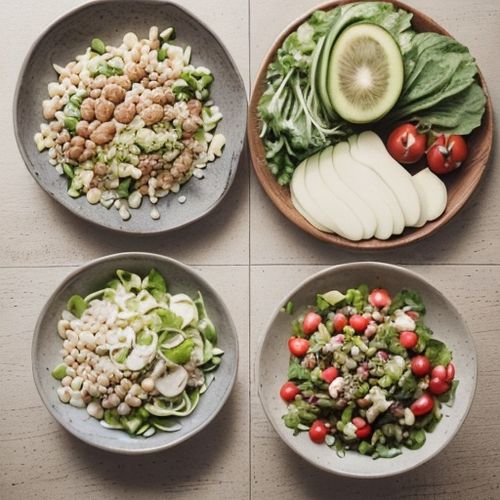
By Samuel Cooper/May 12, 2025

By Eric Ward/May 12, 2025

By Ryan Martin/May 10, 2025
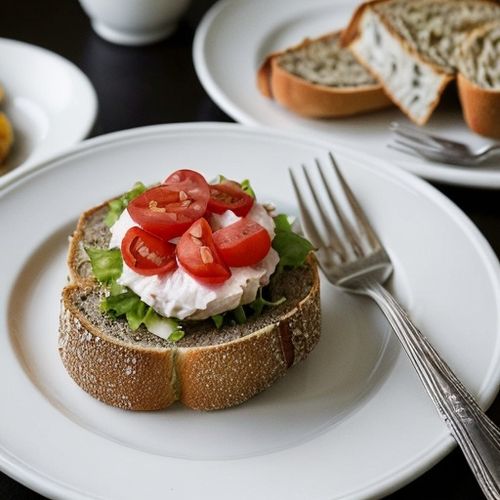
By Thomas Roberts/May 10, 2025

By Laura Wilson/May 10, 2025

By Christopher Harris/May 10, 2025

By Samuel Cooper/May 10, 2025

By Megan Clark/May 10, 2025

By Olivia Reed/May 10, 2025

By Natalie Campbell/May 10, 2025
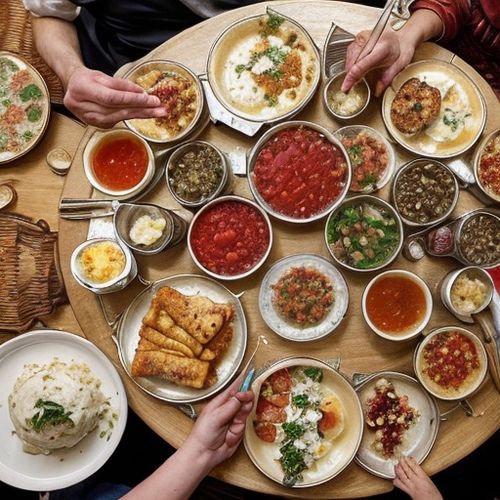
By Sophia Lewis/May 10, 2025

By George Bailey/May 10, 2025
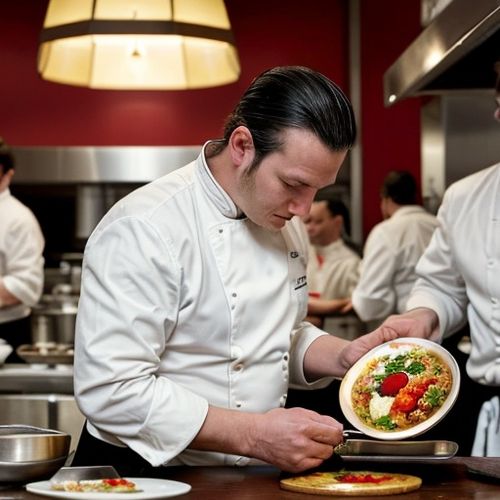
By Eric Ward/May 10, 2025
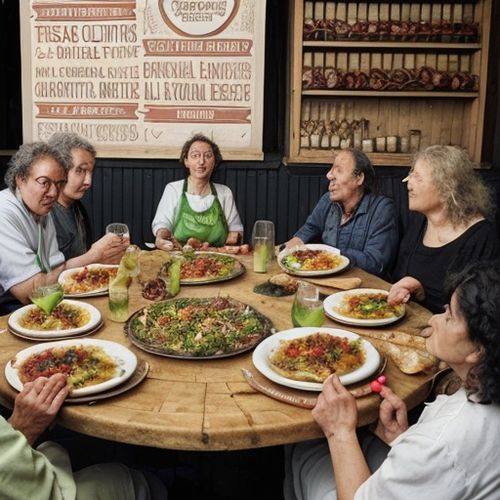
By Daniel Scott/May 10, 2025

By George Bailey/May 10, 2025

By Elizabeth Taylor/May 10, 2025

By Natalie Campbell/May 10, 2025

By Emily Johnson/May 10, 2025

By Elizabeth Taylor/May 10, 2025